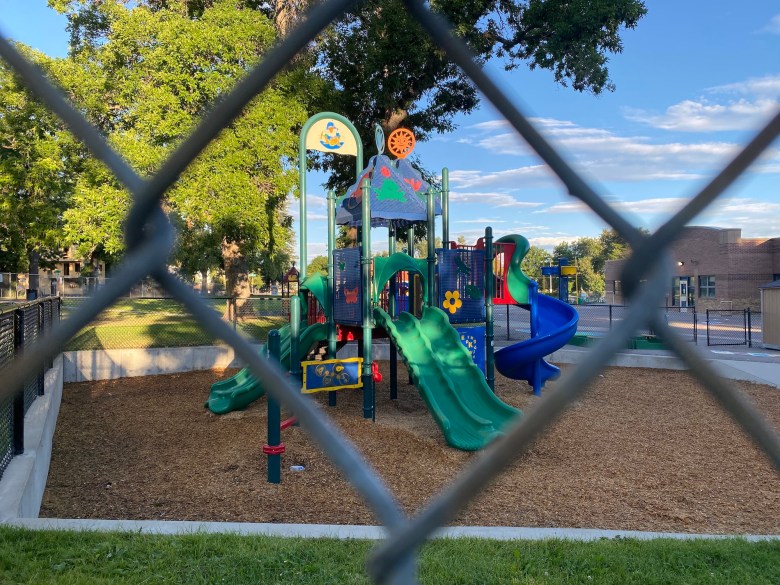
In the next few weeks, public schools in the U.S. will embark on a grand experiment, balancing the safety of 51 million students with their academic, social and emotional needs. The coronavirus pandemic forced schools across the country to switch to remote learning this spring. Now administrators and politicians have to figure out how to reopen this fall with the virus still raging. The result could topple the already fragile ecosystem of schools in this country and devastate public education for years.

With just days to go until the new school year starts in many places, parents and educators are realizing that there are no good choices. In-person classes pose safety concerns, given the unrealistic expectation that children will wear masks and stay six feet apart throughout the school day. Paying for the staff and equipment required to keep the virus at bay is also a huge obstacle, especially for cash-starved districts in low-income communities. A hybrid system is a logistical nightmare while remote learning will almost certainly leave the most vulnerable students behind.
This could be a watershed year in the history of American public education.
When the pandemic struck, districts around the country, especially those in low-income areas, were still recovering from economic losses sustained during the 2008 recession, when nearly 300,000 teachers and other school staff were laid off. Now administrators must figure out how to manage with even fewer resources as state and local revenues shrink in the face of yet another economic crisis.
This could be a watershed year in the history of American public education. The already growing gap between rich and poor threatens to become an unbridgeable chasm as parents with money pay for ad-hoc alternatives like private tutors, while lower-income families struggle to survive.
Universal schooling is a bulwark of functional democracies; without it, we could become more like developing countries, where education is reserved for families who can pay for it. Before the pandemic struck, Americans generally expressed faith in their public schools. A February 2020 poll from the National School Boards Action Center found that a majority of voters had a favorable view of their local schools and teachers and were committed to investing in schools even if it meant tax increases.
This coming school year will test that reservoir of goodwill in every way possible. What will happen if the virus outruns all attempts to contain it? What will happen to students if brick-and mortar schools are closed for another year? What will be left to salvage? Parents, students and teachers are all looking for answers. Right now, there are none.
Read the full story at CNN.com.
This story about public schools was produced by The Hechinger Report, a nonprofit, independent news organization focused on inequality and innovation in education. Sign up for Hechinger’s newsletter.



